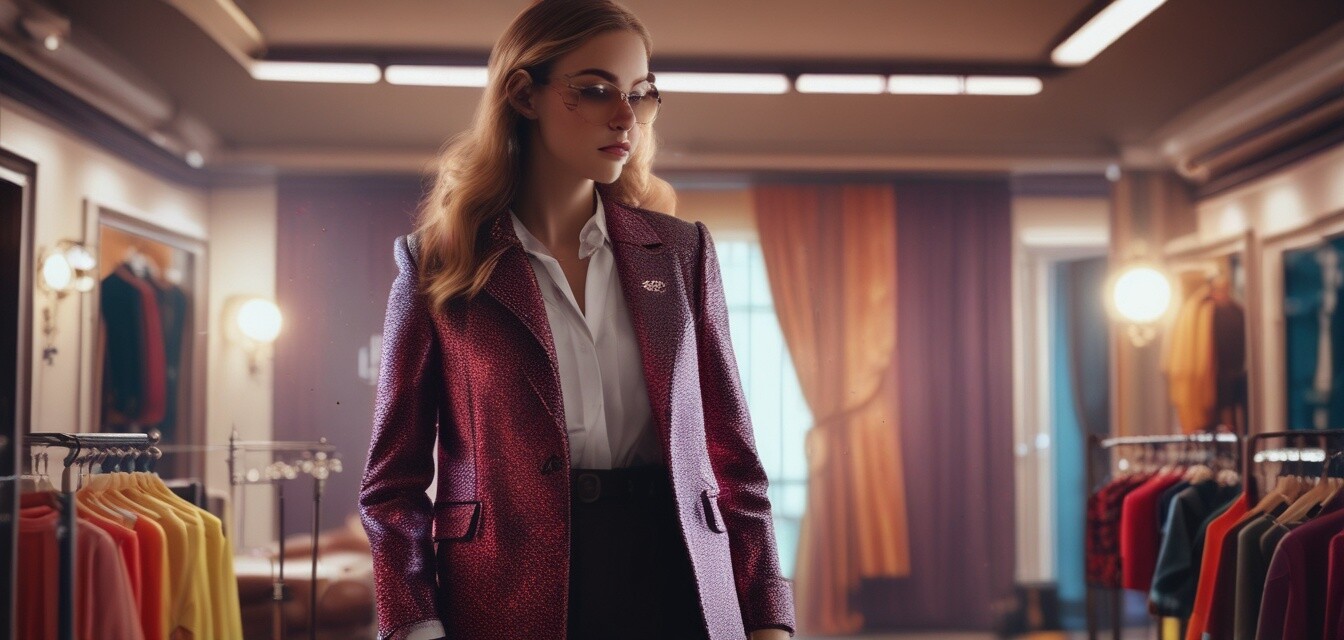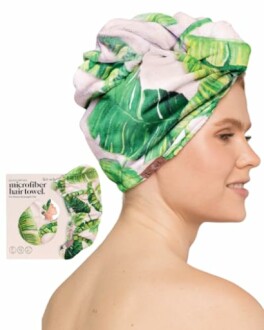
Customization in Fashion: The Rise of Personalization in 2025
- The demand for personalized fashion items is steadily increasing.
- Brands are embracing customization to satisfy specific consumer needs.
- Technology plays a crucial role in offering personalized products.
- Personalized fashion enhances customer loyalty and brand engagement.
The fashion industry is witnessing a remarkable shift towards personalization, with brands increasingly enabling customers to customize garments and accessories. This trend reflects consumers' desires for individuality and self-expression. As we move into 2025, personalization in fashion is not just a preference—it is a defining characteristic of contemporary retail. In this article, we will delve into the rise of customization, the factors driving this trend, and how brands are adapting to meet these evolving consumer expectations.
The Trend of Personalized Fashion
Over the past few years, the concept of personalization has transitioned from novelty to necessity in the fashion world. As shoppers seek unique expressions of their individuality, brands are rising to the challenge by implementing various customization options. This phenomenon unfolds across several categories, including:
- Custom Clothing
- Tailored Accessories
- Personalized Footwear
- Unique Jewelry
- Customized Handbags
Driving Forces Behind Personalization
Several key factors have contributed to the growing popularity of personalized fashion:
Pros
- Allows for self-expression and individuality
- Boosts customer satisfaction and loyalty
- Increases brand engagement through interactive experiences
- Enables targeted marketing strategies
Cons
- Increased production costs for brands
- Potential logistical challenges in supply chains
- Slower order fulfillment times
- Need for technology investment
How Brands Are Adapting
Brands are employing various strategies to tap into the personalization trend:
- Online Customization Tools: Brands are creating interactive platforms that allow customers to design their items, select colors, and customize sizes.
- Collaborations with Designers: Many brands collaborate with independent designers to offer exclusive, limited-edition products that customers can personalize.
- Utilizing Customer Data: By analyzing purchasing behavior and preferences, companies offer targeted recommendations that encourage customization.
Notable Examples of Customized Fashion
Several brands are leading the way in offering unique customization options:
| Brand | Customization Offered | Product Line |
|---|---|---|
| Nike | Custom sneakers with personalized colors and designs | Footwear |
| Burberry | Monogramming options on bags and outerwear | Luxury Accessories |
| Adidas | Customized jerseys and sportswear with names | Activewear |
| Levi's | Tailor-made jeans with unique fits and colors | Denim Wear |
Integration of Technology in Personalization
Technology is fundamentally changing how brands approach customization. The incorporation of AR (Augmented Reality) and AI (Artificial Intelligence) allows customers to visualize their personalized items before purchase. For instance, trying on a virtual outfit or viewing how a custom piece of jewelry may appear on one's body can enhance the shopping experience.
Conclusion
As we look ahead to 2025, the rise of personalization in fashion will likely continue to evolve, presenting exciting opportunities for both consumers and brands. By embracing these trends, businesses can not only enhance customer satisfaction but also foster loyalty through unique, tailored experiences. Whether it's through technology or exclusive offerings, the age of personalized fashion is truly upon us.
Kitsch Microfiber Hair Towel Wrap for Women
This almost magical towel absorbs moisture 5x faster than ordinary towels, making it a must-have for anyone looking to revolutionize their hair care routine.
Learn More

